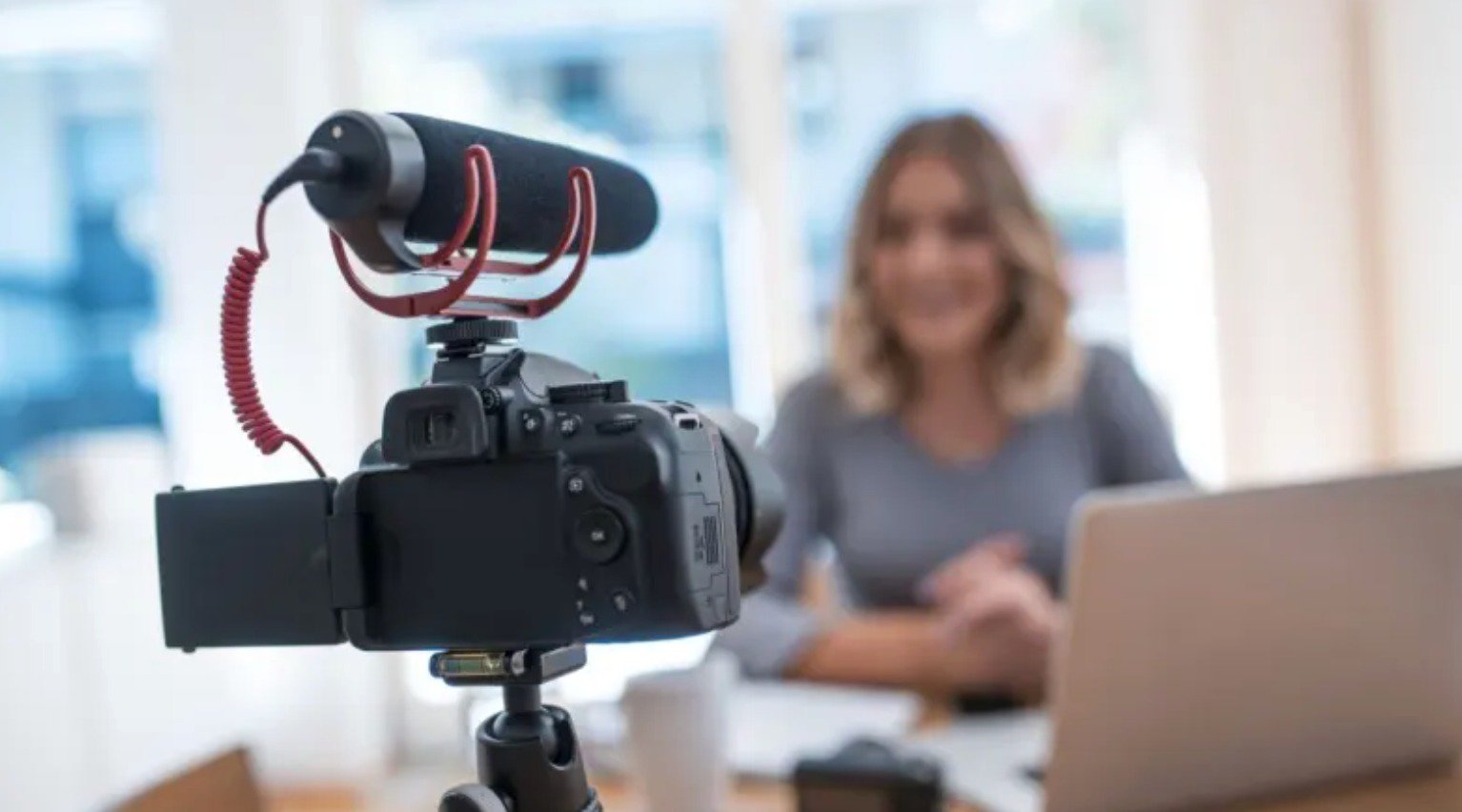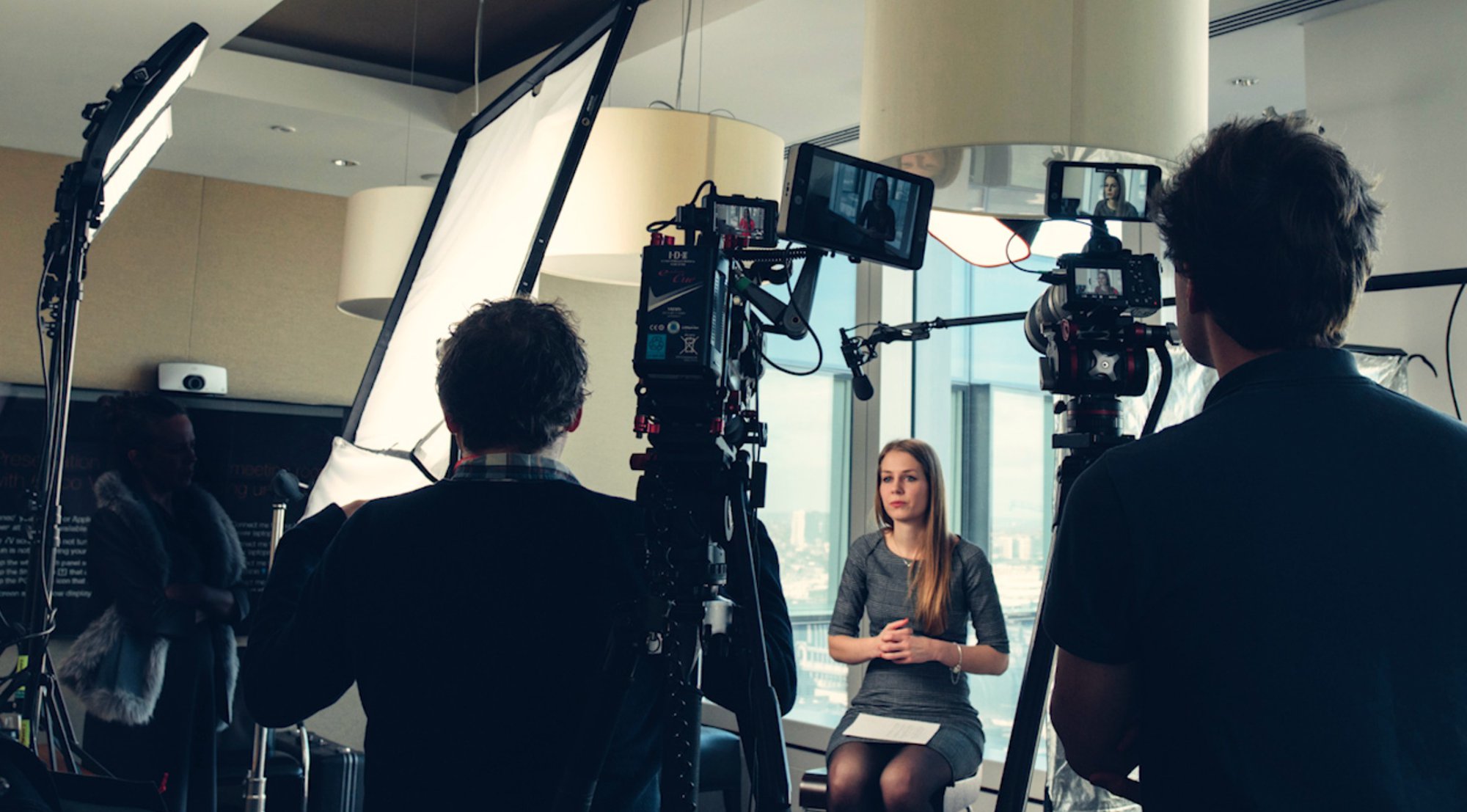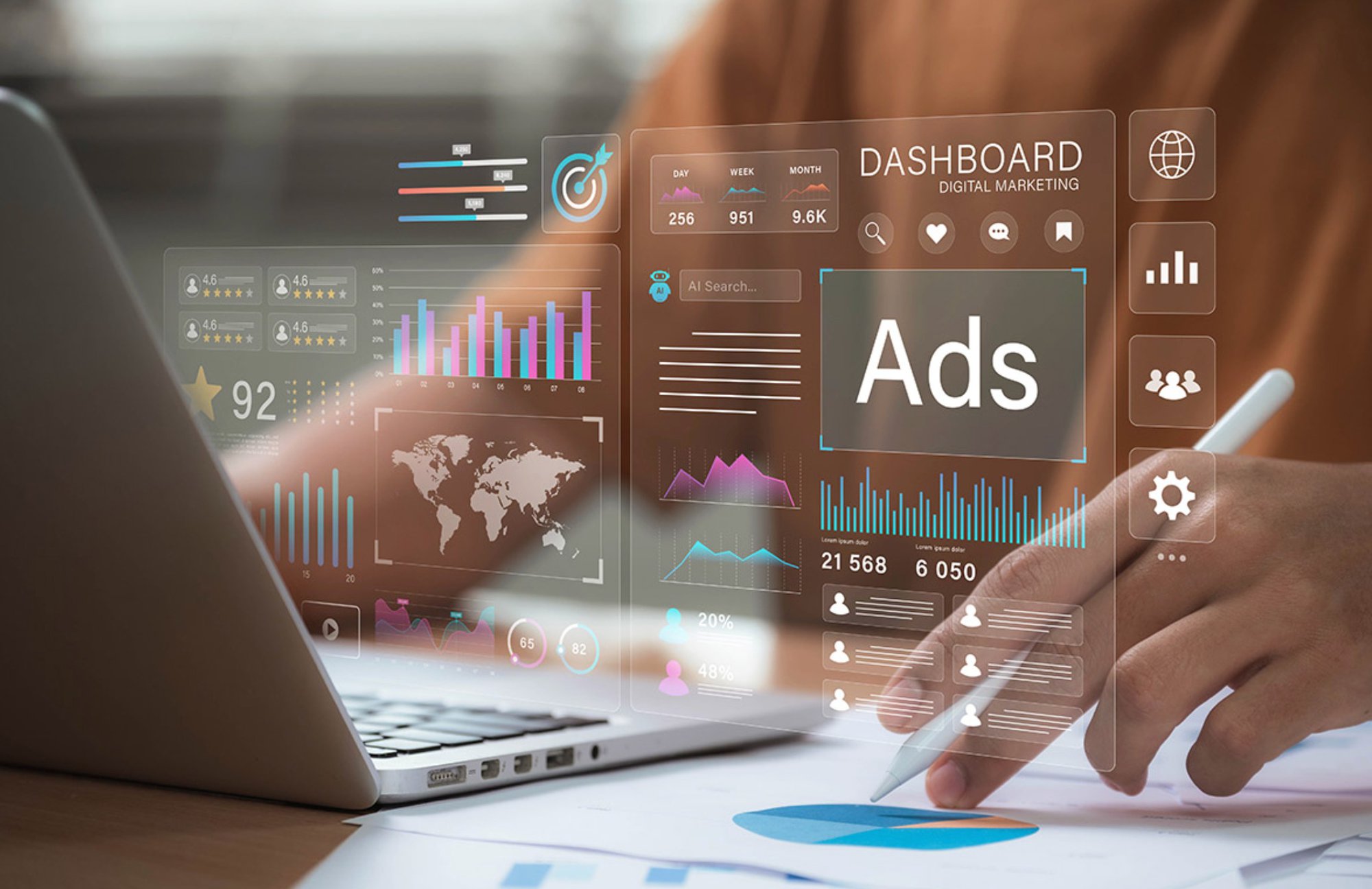If you’ve spent any time online lately, you’ve seen motion graphics videos in action.
They pop up in product demos, explainer videos, and scroll-stopping ads that make complex ideas easy to understand.
Motion graphics help brands stand out. They turn data and concepts into stunning visuals that people actually remember.
For businesses, they’re more than visuals, they’re a powerful tool for engagement. A strong animated motion graphics can explain a product, humanize a brand, and boost visibility across every platform.
What Are Motion Graphics?
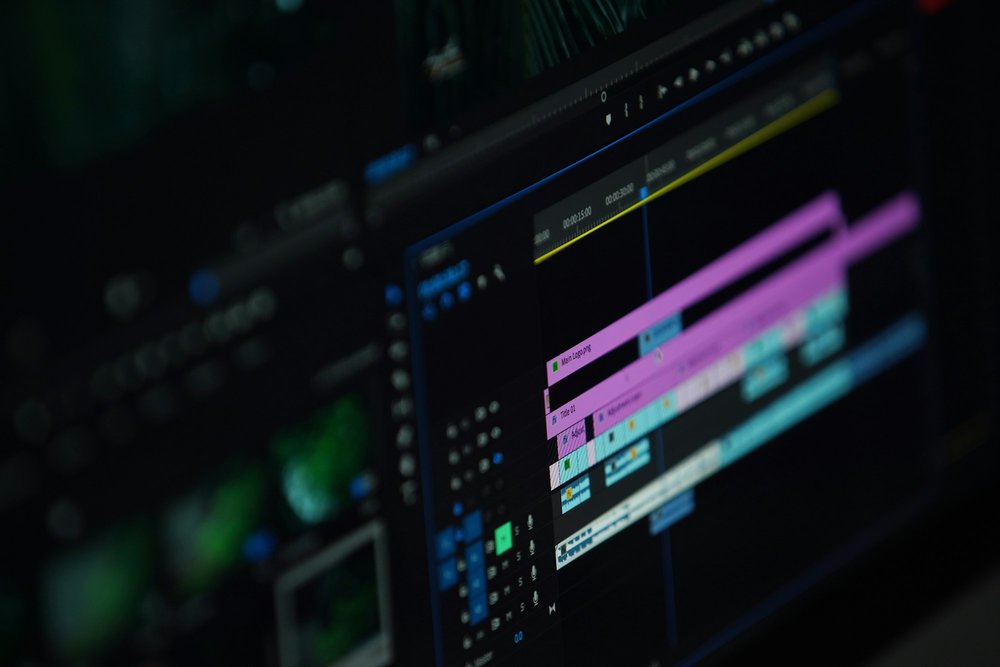
Motion graphics are animated design elements that bring static visuals to life. They use movement, color, and rhythm to guide attention, highlight key points, and make information easier to understand.
You’ll often see motion graphics videos used in explainer videos, product demos, and social media campaigns. They combine graphic design with animation to create visual storytelling that’s both engaging and efficient.
For businesses, motion graphics are one of the most effective ways to enhance corporate video production. They make it easy to explain complex ideas, visualize data, and communicate messages clearly, without the cost or logistics of live filming.
Recent research from HubSpot (2025) shows that brands using animated or motion-based video content see up to 49% higher engagement compared to static visuals. That’s because motion draws focus, builds emotion, and helps audiences retain more of what they see.
Motion Graphics vs Animation: What's the Difference?
Motion graphics and animation are often grouped together, but they serve different purposes.
Animation usually involves characters, storytelling, and emotion. It’s more cinematic and narrative driven, think of a short film or an animated series with a story arc.
Motion graphics, on the other hand, focus on clarity. They animate design elements like text, shapes, and icons to explain a concept or visualize information.
When to Choose Each
Use motion graphics when you need to:
- Explain a process or visualize data
- Support a brand message or campaign
- Create professional, scalable videos for marketing or internal communication
Choose character animation when your goal is to:
- Tell a story or show emotion
- Build a deeper audience connection
- Bring characters or mascots to life
Both styles can work together beautifully in a single video. For example, many of our explainer videos combine sleek motion graphics with light character animation to make complex topics simple and engaging.
Why Businesses Need Motion Graphics in 2025

In 2025, motion graphics have become one of the most effective tools for helping brands connect with audiences across every channel. They elaborate ideas, boost retention, and make digital content far more engaging.
HubSpot’s 2025 State of Marketing Report found that videos with animation or motion-based visuals hold viewer attention up to 2.5 times longer than static images. Motion graphics videos increase message retention by up to 65%, making them one of the most efficient formats for B2B marketing and corporate communication in 2025.
For B2B and enterprise clients, motion graphics are a game changer. They help teams visualize data, showcase complex products, and communicate messages internally and externally with precision. That’s why motion graphics have moved from a nice to have to a must have for most companies. They bring clarity, energy, and professionalism to campaigns while staying cost effective to scale.
Types of Motion Graphic Videos for Business
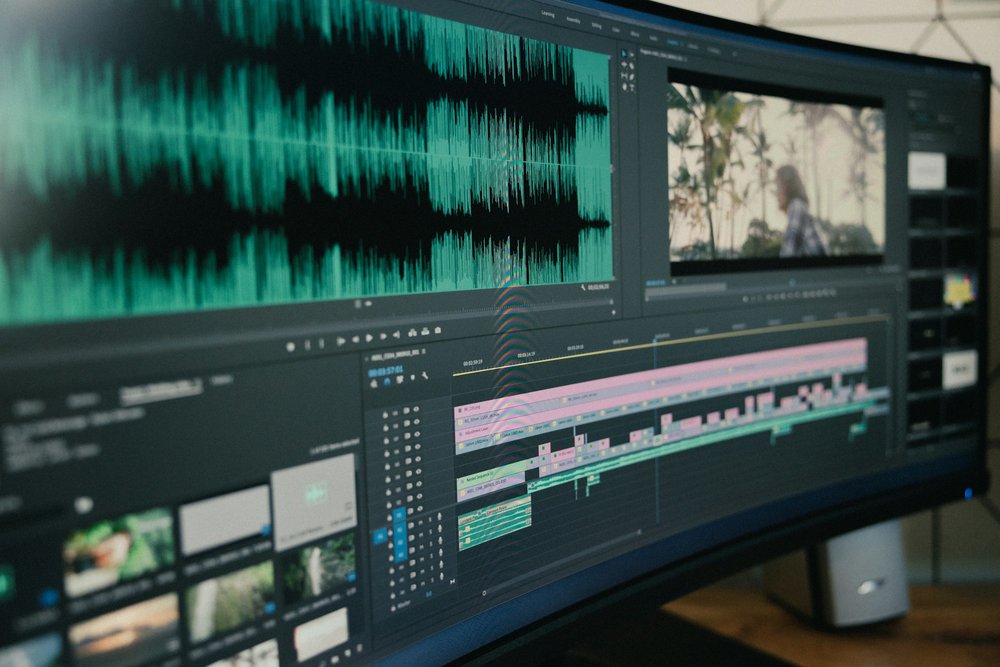
Not all motion graphics videos look or feel the same, and that’s what makes them powerful. Each format serves a different purpose depending on your audience, message, and platform.
1. Infographic-Based Motion Graphics
Infographic-style motion graphics turn charts and data into engaging visuals that tell a clear story. They guide viewers through information step by step, making complex data easy to digest.
- Best for: Annual reports, financial presentations, B2B marketing campaigns, internal updates
- Why it works: People retain visuals better than text, making data storytelling more memorable.
- For brands: Ideal for corporate video production teams explaining performance or ROI in a polished, branded way.
2. Kinetic Typography
Kinetic typography uses animated text that moves with voiceovers or music to deliver messages quickly and clearly.
- Best for: Brand announcements, social media ads, recruitment videos, executive messages
- Why it works: It highlights key phrases and emotions without relying on visuals alone.
- For brands: Perfect for video production for businesses repurposing leadership clips or sharing internal updates.
3. 3D Motion Graphics
3D motion graphics add depth and realism, allowing you to showcase products or concepts from every angle.
- Best for: Product launches, tech explainers, architecture or manufacturing demos
- Why it works: They create a cinematic, high-end look without requiring live filming.
- For brands: Great for tech companies or enterprise brands showcasing sophisticated technology.
Learn more: Explore our animation services to see how 3D storytelling brings products to life.
4. Simple Motion Graphics
Simple motion graphics use clean visuals and smooth transitions to communicate messages clearly and efficiently.
- Best for: Startups, training videos, onboarding, and app demos
- Why it works: They’re quick to produce, budget friendly, and easy to adapt across platforms.
- For brands: Perfect for brands that need consistent, scalable content, a focus of our video production services for growing teams.
10 Best Motion Graphics Video Examples for Business
These motion graphics videos come from brands that understand how to mix design, storytelling, and clarity. Each example shows how animation can make even complex technology or abstract messages feel easy to grasp.
The American Red Cross | Extreme Heat
Created by Levitate
- Purpose & Context: This public awareness video turns a list of safety tips into an engaging, easy-to-follow learning experience. The goal was to keep people safe during heat waves without overwhelming them.
- Style & Techniques: A live-action ASL interpreter is placed against an animated outdoor scene. Icons and color transitions visualize each safety tip. Warm oranges shift to cool blues as the message moves from heat to relief.
- Why It Works: The design combines accessibility with creativity, keeping viewers engaged while reinforcing each key message.
Watch more examples of Motion Graphic videos on Levitate’s portfolio
Intel | AI Everywhere
- Purpose & Context: Intel’s AI Everywhere campaign was designed to make artificial intelligence more relatable and less intimidating. Instead of showing complex algorithms, it focused on how AI improves everyday life, from healthcare to self-driving cars.
- Style & Techniques: Animated icons and shapes blend seamlessly with live-action shots. Clean transitions connect scenes, while bold colors and kinetic typography emphasize key ideas like efficiency and innovation.
- Why It Works: By turning advanced technology into a visual story, Intel made AI feel practical and human. The pacing and narration are smooth, clear, and memorable.
Airbnb | Breaking Down Walls
- Purpose & Context: Airbnb’s Breaking Down Walls video focuses on inclusion and empathy, not product promotion. The goal was to highlight human connection and strengthen the brand’s values-driven identity.
- Style & Techniques: Soft, hand-drawn visuals and fluid transitions create a sense of openness. Walls crumble and fade, symbolizing unity and understanding. Subtle music and narration set a calm, reflective tone.
- Why It Works: The animation feels genuine and personal. Its simplicity makes the message emotional without feeling heavy-handed.
Slack | Communication Without Chaos
- Purpose & Context: Slack’s video captures the everyday frustration of email overload. The goal was to show how the platform organizes work and brings structure to communication.
- Style & Techniques: Geometric shapes and bold brand colors illustrate clutter transforming into order. The motion is smooth and rhythmic, mirroring Slack’s interface.
- Why It Works: The animation acts as a visual metaphor for productivity. It feels clean, fast, and easy to understand.
Ahrefs | What Is Ahrefs?
- Purpose & Context: Ahrefs needed a way to explain SEO tools to beginners without jargon. The video introduces its key features while building trust and brand authority.
- Style & Techniques: Playful line art, bright icons, and animated infographics make each concept clear. The pacing keeps the viewer engaged from start to finish.
- Why It Works: The doodle-like design adds personality, turning what could be a technical explanation into an enjoyable walkthrough.
Vizio | D-Series Promo Spot
- Purpose & Context: Vizio used 3D motion graphics to highlight the premium design and specs of its D-Series TV lineup. The goal was to create a cinematic showcase for the product.
- Style & Techniques: Realistic 3D renders and smooth camera sweeps show every detail. Animated text highlights refresh rate, clarity, and design.
- Why It Works: The polished visuals and lighting create a high-end feel that’s hard to achieve with live footage.
Cloudcover | Cybersecurity Platform
- Purpose & Context: Cloudcover needed to simplify a complex cybersecurity platform for both technical and non-technical viewers.
- Style & Techniques: Blue tones, digital grids, and geometric motion create a futuristic look. Visualized “data waves” show how the system tracks and neutralizes threats.
- Why It Works: The animation makes invisible processes easy to grasp, showing innovation and security in a visual way.
Google | Welcome to the Gemini Era
- Purpose & Context: Google’s Gemini Era video introduced its AI advancements across products. The goal was to present complex technology in a relatable, human way.
- Style & Techniques: Fast-paced live-action scenes merge with bright motion graphics. The repeating “Gemini sparkle” motif connects ideas and adds visual energy.
- Why It Works: It’s a perfect blend of real-world footage and animation, showing both innovation and accessibility.
HID Global | SIGNO Launch
- Purpose & Context: HID Global’s SIGNO Launch video introduces a line of access control readers for IT and security professionals.
- Style & Techniques: Clean typography, geometric animation, and a focused color palette deliver consistency and professionalism. Transitions simulate scanning and data flow.
- Why It Works: It conveys technical depth while keeping the information clear and visually appealing.
Creating High-Impact Motion Graphics for Business
Creating motion graphics is not just about making things move. It is about communicating clearly and driving results.
Here are a few best practices:
- Start with one clear message. Know exactly what you want viewers to learn, feel, or do. Keep it focused. One video, one idea.
- Keep it short and punchy. Aim for under 90 seconds. Trim the fluff and make every frame count.
- Design for silent viewing. Many people scroll without sound, especially on mobile. Use bold text, captions, and clean visuals to get your message across.
- Match the motion to the tone. A serious message calls for smooth, minimal movement. Playful content can use faster transitions and brighter colors.
- Design for repurposing. Create one that can be reused on LinkedIn, paid social, your website, or internal sales decks to extend reach and ROI.
Pro tip: The most effective motion graphics begin with strategy, not software. A strong concept and clear script will always outperform flashy visuals alone.
Partnering with an experienced video production team like Levitate Media ensures every detail, from scripting to animation, aligns with your goals, brand voice, and audience.
Tools to Create Moving Graphics

Behind every smooth animation is the right mix of creativity, planning, and production tools. Software helps bring ideas to life, but strategy and execution are what make them effective.
Here are a few tools professionals use:
After Effects
The industry standard for motion graphics and compositing. Designers use it to animate text, build transitions, and add visual effects that make static visuals dynamic.
Cinema 4D
A leading choice for creating 3D animation and product renders. It adds depth, lighting, and realism that help products and concepts stand out in corporate campaigns.
Vyond and Animaker
These accessible platforms let teams create quick 2D motion graphics. They are ideal for internal communication videos or short social clips made on a tight schedule.
Most modern business videos use a mix of 2D animation, 3D visuals, and live-action footage to create dynamic, engaging results that work across platforms.
How Levitate Media Can Help
Great motion graphics don’t just look impressive, they move people to act. At Levitate Media, we combine creative storytelling with business strategy to deliver videos that drive measurable results.
Our team specializes in video production for businesses, including B2B motion graphics, corporate videos, and fully customized video production services that fit your brand and goals. From concept to delivery, we handle every stage of production with clarity, speed, and collaboration.
Here’s what our clients see when they work with us:
- Strategic motion graphics help increase engagement and lead quality across marketing and sales channels.
- 2D animation videos for explainer content and brand storytelling
- 3D animation videos for product showcases and immersive visuals
- Branded intros, social media cuts, and repurposed formats that give your content more reach
FAQs
What are motion graphics videos used for in business?
Motion graphics videos are used to explain products, visualize data, or tell brand stories in a clear and engaging way. They’re especially effective in corporate and B2B video production, where clarity and professionalism matter most.
What are some examples of motion graphics?
Examples include animated explainer videos, infographic animations, logo reveals, and product demos. These formats simplify intricate ideas and keep viewers engaged. You can see real examples in our portfolio.
How much does motion graphics video production cost?
Pricing depends on length, style, and complexity. A simple 2D motion graphics video might take a few weeks to produce, while more advanced 3D projects require larger budgets and timelines. For a tailored quote, explore our animation services.
How long does it take to create a motion graphics video?
Most professional motion graphics videos take 4–6 weeks from concept to delivery. That timeline includes scripting, design, animation, and revisions. Explore our motion graphics services or reach out to start your next project.
Where can I learn more about motion graphics and animation styles?
You can explore detailed guides, real examples, and video strategy tips in our Learn library. It’s packed with insights on motion design, video marketing, and storytelling techniques for business.
Conclusion
Motion graphics are more than a design trend. They are one of the most effective ways for businesses to communicate complex ideas with clarity and style. They capture attention, boost engagement across digital platforms, and help brands stand out in crowded feeds.
The strongest motion graphics videos do more than look good. They simplify, clarify, and connect. They turn information into stories that inspire action.
Levitate Media creates motion graphics videos that combine strategy, storytelling, and design to help businesses communicate with impact. Contact our team to start your next project!







